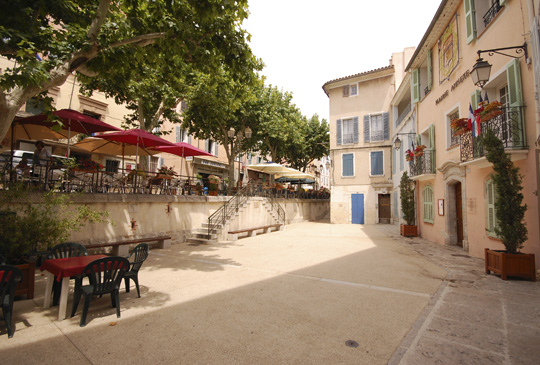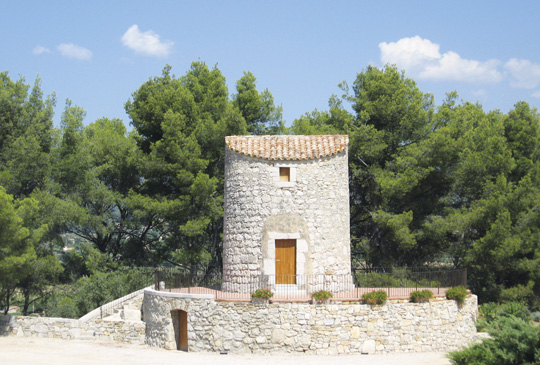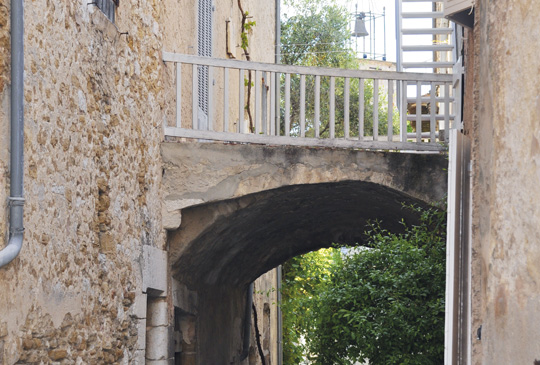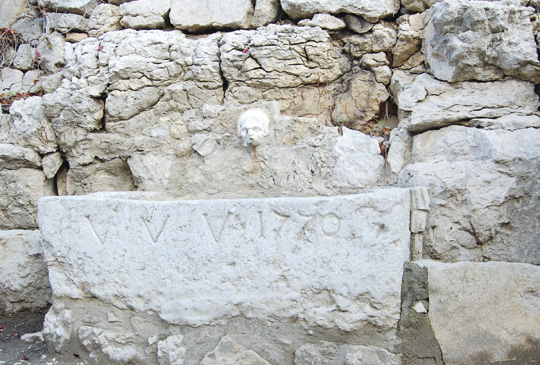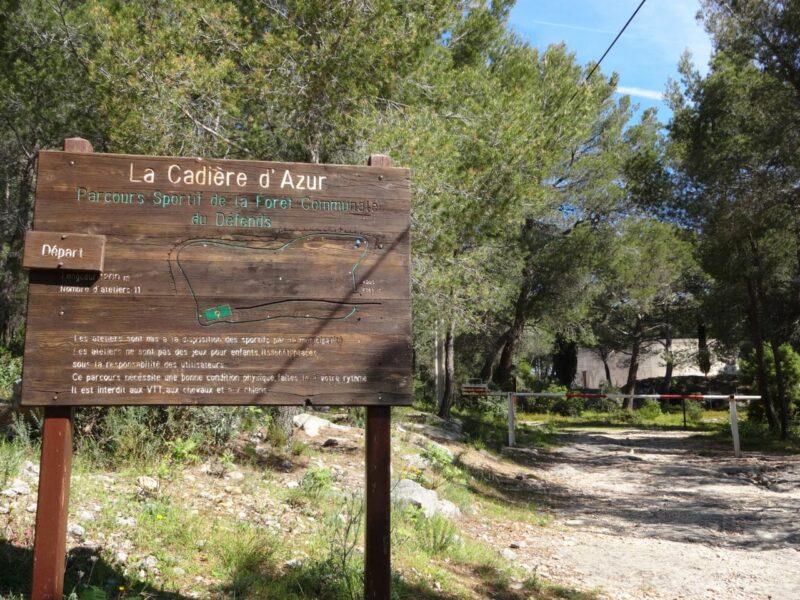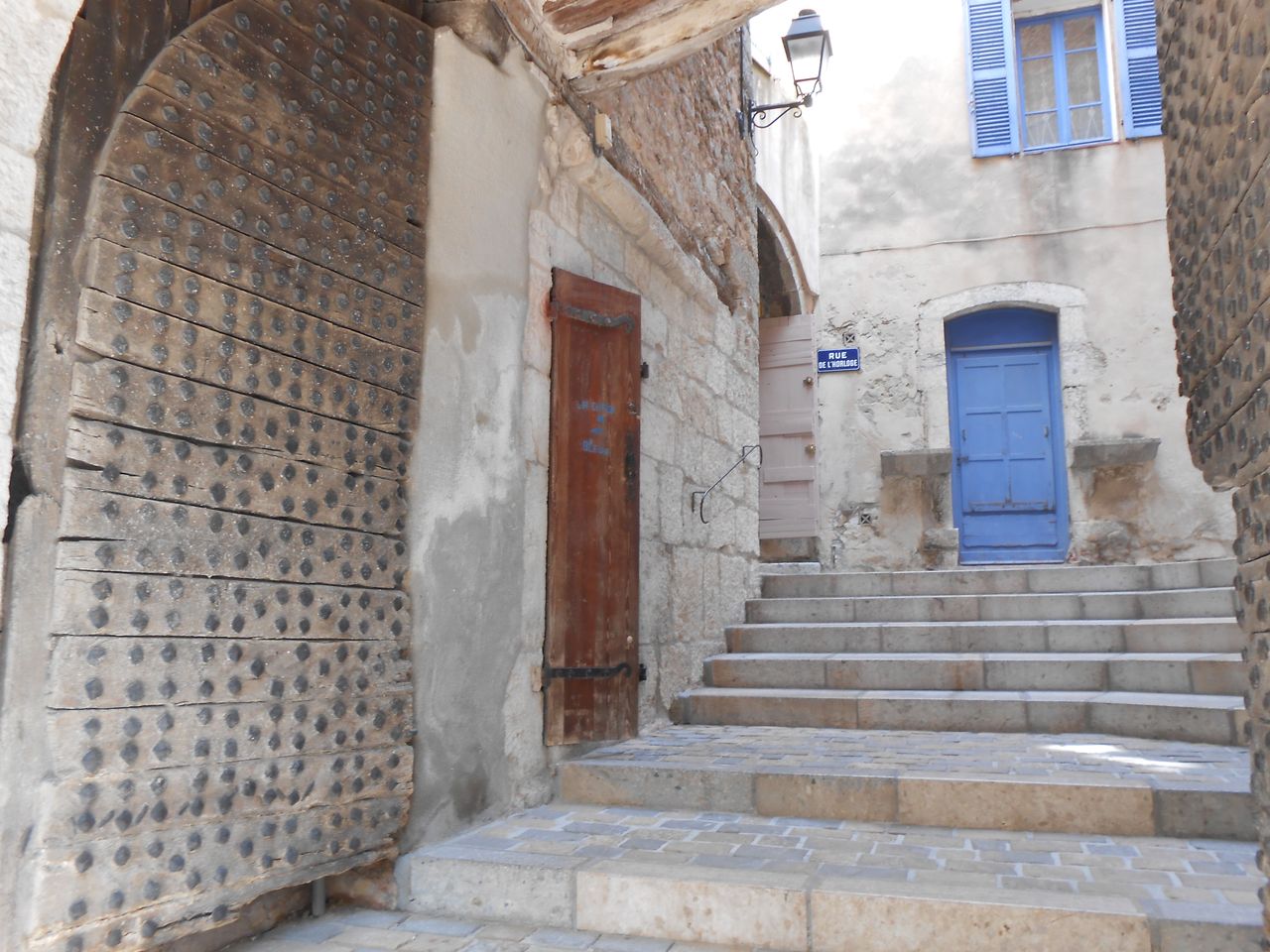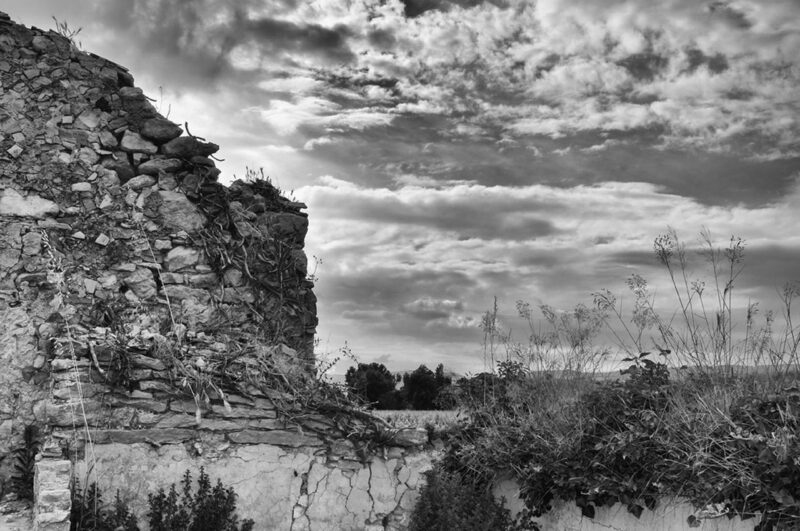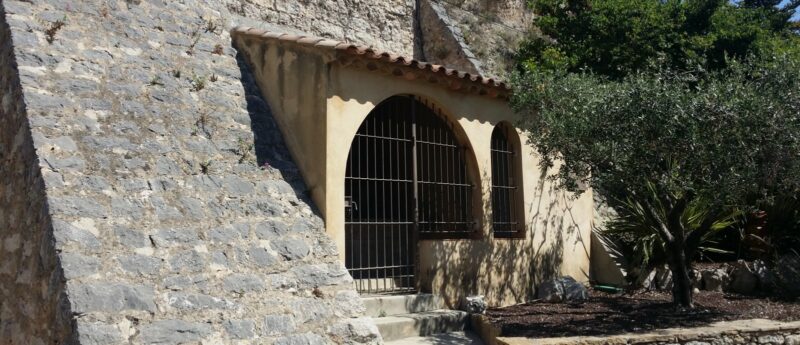La Cadière is home to 25 ovens, but unfortunately they are all on private land, except for 2 on the GR 51 towards La Toussane.
Cade ovens are massive constructions, built of large dry stones. On average, they are 5 to 7 m long, around 3 m wide and 2.50 m to 3 m high. Today, the best-preserved kilns have lost some of their height.
On the hills and plateaus between the Toulon coast and the Ste Baume mountain range, dozens of small buildings, often reduced to shreds of wall, are reminders of an activity carried out by the peasants of these cantons: extracting cade oil. Cade is the Provençal name for Juniperus oxycedrus, or juniper. It can exceed 10 meters in height. It usually grows as a tall clump or thick bush. Cade oil is a clear, blackish liquid with a strong, pungent, unpleasant odor, extracted only by incomplete combustion of this juniper in a stone oven. Its properties: it is not used in food, not to be confused with the term "cade" attributed to an Italian quiche made with chickpea flour and olive oil. Cade oil has three fields of application: cosmetology (for shiny hair), human medicine (until 1935, it was the basis for ointments and salves to treat scalp keratoses, psoriasis, eczema, ringworm, acne and impetigo), veterinary medicine (still used to treat scabies, hoof cracks, eczema and dull wounds...).
A little history: the extraction of cade oil has existed since Antiquity. These kilns, however, are thought to have originated in the early 2nd half of the 19th century. They were very active until the 1930s.






